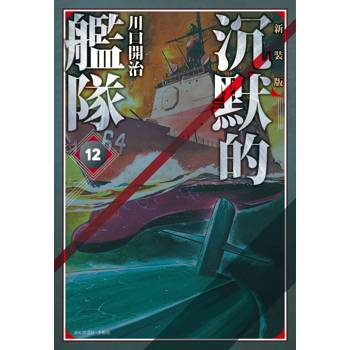A groundbreaking reassessment that foregrounds Van Gogh’s profound engagement with the industrial age while making his work newly relevant for our world today
Vincent van Gogh (1853-1890) is most often portrayed as the consummate painter of nature whose work gained its strength from his direct encounters with the unspoiled landscape. Michael Lobel upends this commonplace view by showing how Van Gogh’s pictures are inseparable from the modern industrial era in which the artist lived--from its factories and polluted skies to its coal mines and gasworks--and how his art drew upon waste and pollution for its subjects and even for the very materials out of which it was made. Lobel underscores how Van Gogh’s engagement with the environmental realities of his time provides repeated forewarnings of the threats of climate change and ecological destruction we face today. Van Gogh and the End of Nature offers a radical revisioning of nearly the full span of the artist’s career, considering Van Gogh’s artistic process, his choice of materials, and some of his most beloved and iconic pictures. Merging a timely sense of environmental urgency with bold new readings of the work of one of the world’s most acclaimed artists, this book weaves together detailed historical research and perceptive analysis into an illuminating portrait of an artist and his changing world.| FindBook |
有 1 項符合
Van Gogh and the End of Nature的圖書 |
 |
Van Gogh and the End of Nature 作者:Lobel 出版社:Yale University Press 出版日期:2024-06-25 語言:英文 規格:精裝 / 200頁 / 普通級/ 初版 |
| 圖書館借閱 |
| 國家圖書館 | 全國圖書書目資訊網 | 國立公共資訊圖書館 | 電子書服務平台 | MetaCat 跨館整合查詢 |
| 臺北市立圖書館 | 新北市立圖書館 | 基隆市公共圖書館 | 桃園市立圖書館 | 新竹縣公共圖書館 |
| 苗栗縣立圖書館 | 臺中市立圖書館 | 彰化縣公共圖書館 | 南投縣文化局 | 雲林縣公共圖書館 |
| 嘉義縣圖書館 | 臺南市立圖書館 | 高雄市立圖書館 | 屏東縣公共圖書館 | 宜蘭縣公共圖書館 |
| 花蓮縣文化局 | 臺東縣文化處 |
|
|
圖書介紹 - 資料來源:博客來 評分:
圖書名稱:Van Gogh and the End of Nature
|











